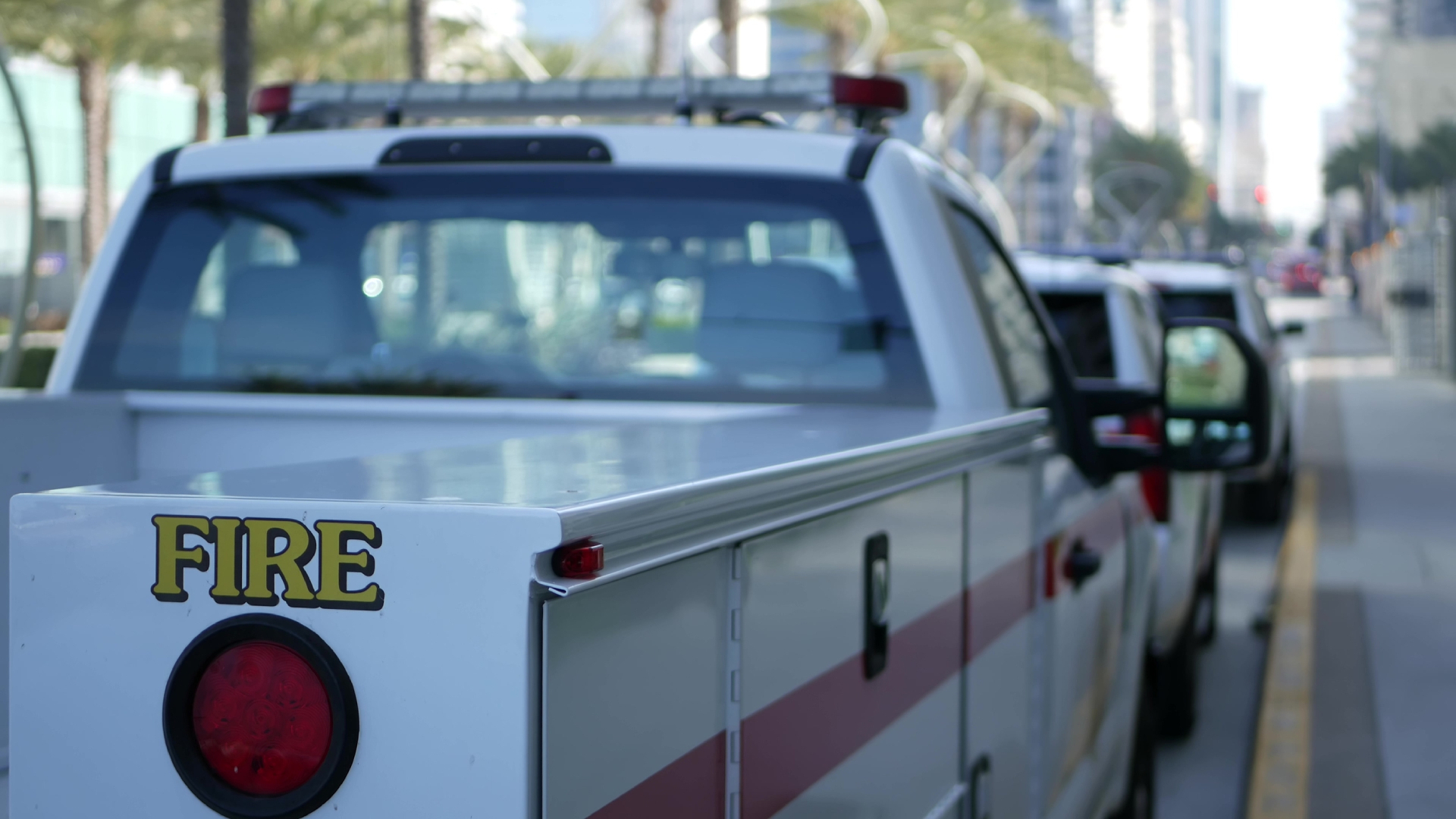
Commercial fire alarm systems: Design, installation, maintenance, and compliance in San Diego, CA
Fire safety is a priority everywhere, but in California it’s especially urgent. To be prepared, business owners and multi-unit property managers must stay current on the latest fire alarm technology, system and service options, and local fire code requirements.
This article will look at a San Diego fire code, review the basics of commercial fire alarm security, and examine important steps a business can take to prepare for a dangerous fire event.
Fire alarm system permitting in San Diego
Being code-compliant is a key part of a successful fire alarm system. When regulations change, which they do, business owners need to be aware of those changes and respond appropriately.
In California, the California Fire Code dictates when and where a fire alarm system can be installed. That code is accompanied by the National Fire Alarm Code, also known as NFPA 72, which covers how fire alarm systems should be installed.
These guidelines act as the minimum standard for every occupancy in California, but local governments are responsible for enforcing the code. In San Diego, that responsibility falls on the City of San Diego Fire Rescue Department.
One example of a recent code enforcement occurred in 2020, the State of California amended the model code adding an additional requirement for certain buildings existing before January 1, 1975. Some multi-unit property owners received notices alerting them to this change, which included the following structures:
- Every apartment house three or more stories in height or containing more than 15 apartments.
- Every hotel or motel three or more stories in height or containing 20 or more guest rooms.
Going forward any qualifying buildings must have “an automatic or manually operated fire alarm system capable of warning all building occupants simultaneously and designed in accordance with the California Fire Code.”
There are exceptions, making it crucial that property owners understand the change and whether it applies to them or not.
Act now: Address retrofit alarm citations to reduce business costs
We’ve been informed by our customers in San Diego that citations have been issued to property owners who need a retrofit fire alarm. If you’ve been cited and have not addressed it, now is the time to do so. The fire authorities in your area are now enforcing these citations, and you don’t want to get caught out of compliance. Ensuring your property meets code requirements is most effectively done sooner rather than later. Contact your preferred security provider today to find out what steps you need to take to become compliant.
Additionally, insurance premiums in California have been on the rise in response to the growing severity of natural disasters, particularly wildfires. However, some companies are offering the option to maintain or even lower premiums if certain measures are taken to protect your property. Talk to your insurance provider about fire security services that could save you money.
Commercial fire alarm system design
The job of a fire alarm system is simple: detect the presence of fire and warn occupants. However, the system itself is more complex. It’s a network of sensitive components and devices that must work together, leaving no room for error in a fire emergency.
The basic components of a fire alarm system include initiating devices, notification devices, sprinklers, control panels, and alarm monitoring for added protection.
Initiating devices detect potential fire events and trigger a response. They are typically the most visible pieces of the fire alarm system, and include:
- Smoke detectors
- Flame detectors
- Heat detectors
- Carbon monoxide detectors
- Sprinkler water flow switches
- Pull stations
Once initiated, the system literally sounds the alarm via a notification device. Notification devices deliver powerful audio and visual warnings in the form of loud alerts and flashing lights. Types of notifications include:
- Strobes
- Bells
- Chimes
- Horns
Sprinkler systems are not required for every business, but they are needed for certain commercial and multi-unit properties. Overhead sprinklers are equipped with heat sensors that trigger automatically if there’s an abnormal rise in temperature, showering water on a fire quickly before the fire department arrives.
The control panel is the network’s home base, with a display for monitoring issues and adjusting settings. It’s the system hub, responsible for linking the alarm components together and delivering messages between devices. In a fire emergency, the control panel receives an alert from an initiating device and sends a signal to the notification devices, activating a response.
Alarm monitoring is a service option that adds support from professional experts trained to respond to a triggered fire alarm at any time of day or night. Monitoring is ideal for business owners who want maximum fire protection for their staff, inventory, and physical location.
Fire alarm system installation in San Diego
Installing a fire alarm system is more than putting smoke alarms on the wall. It’s a highly specific and technical process that has to match the exact needs of a business’s physical location. Some important installation considerations:
- Location size: The size of a space and the number of rooms, storage, ceiling height, etc. within it will determine the size and scope of the system.
- Type of building: The age and functionality of a building greatly impact the kind of fire alarm system to use. Older buildings may need to be retrofitted with updated equipment.
- Purpose of use: A warehouse used for storing inventory will have different fire alarm needs than an apartment complex; knowing precisely how a space will be used makes it easier to install a system to match.
- Codes and regulations: Understanding the exact compliance requirements before installing a system will save you future headaches. Installing a system only to realize later it’s not up to code is a safety risk. It’s also a potential financial burden.
Regular system service and maintenance
A commercial fire alarm system needs attention and care to perform at its best, regardless of how new or state of the art it is. Here are some ways to ensure your system will be ready when needed.
- Perform annual and semi-annual system inspections. If ignored, minor issues can become major problems over time. Regular evaluations by a professional will identify potential issues and keep the system operating smoothly.
- Focus on preventative maintenance. A commercial fire alarm system is like a car: it works best when you stay ahead of mechanical and equipment upkeep. That means cleaning system parts, updating software, replacing device batteries, and recalibrating equipment.
- Routinely test alarm devices and fire event procedures. Fire drills in school were never fun, but they were important. The same is true for commercial fire alarms. The best way to see how your equipment and staff will respond to a fire emergency is by doing practice tests.
- Don’t be afraid to upgrade. Over time, it can be easy to forget—or ignore—the reality of aging equipment, outdated software, and updated fire codes. Investing in new fire safety technology will keep your business safe, compliant, and productive.
All these aspects―design, installation, maintenance, compliance―are a big lift for any business owner. A San Diego fire security professional will ensure it’s all done right, so you can worry about running your business and not your fire security.
Bay Alarm has protected people and property in Southern California for 78 years. We guarantee security expertise, state-of-the-art equipment, and professional service. Contact us today.
Start a conversation with a Bay Alarm security expert.
By submitting this form, you agree to receive marketing emails from Bay Alarm. You can unsubscribe at any time.

